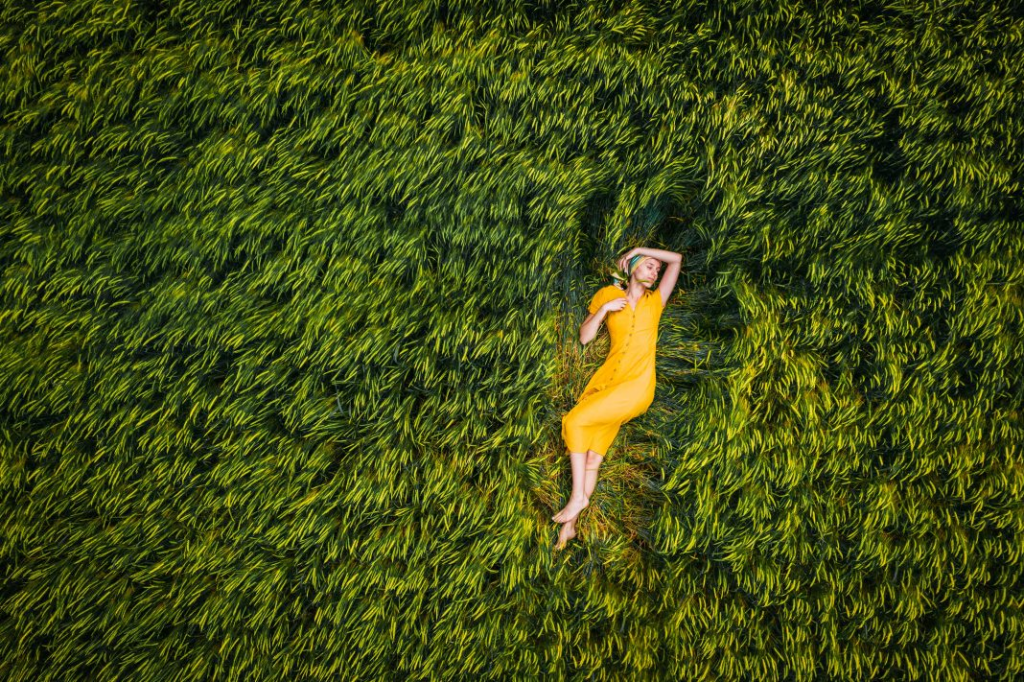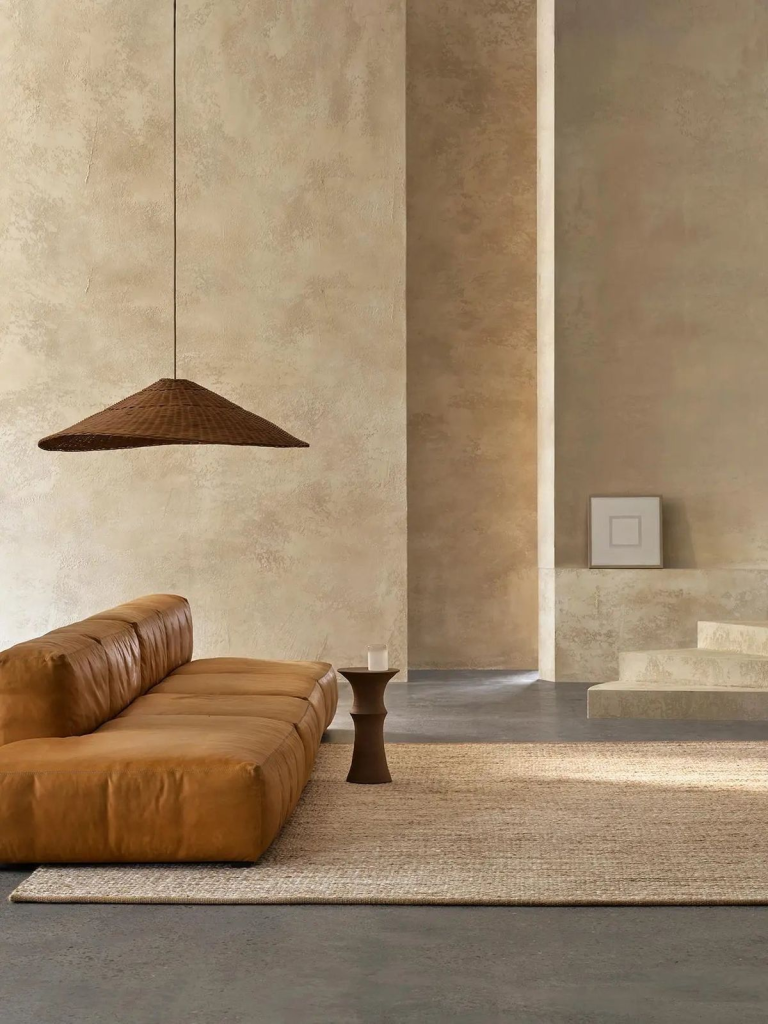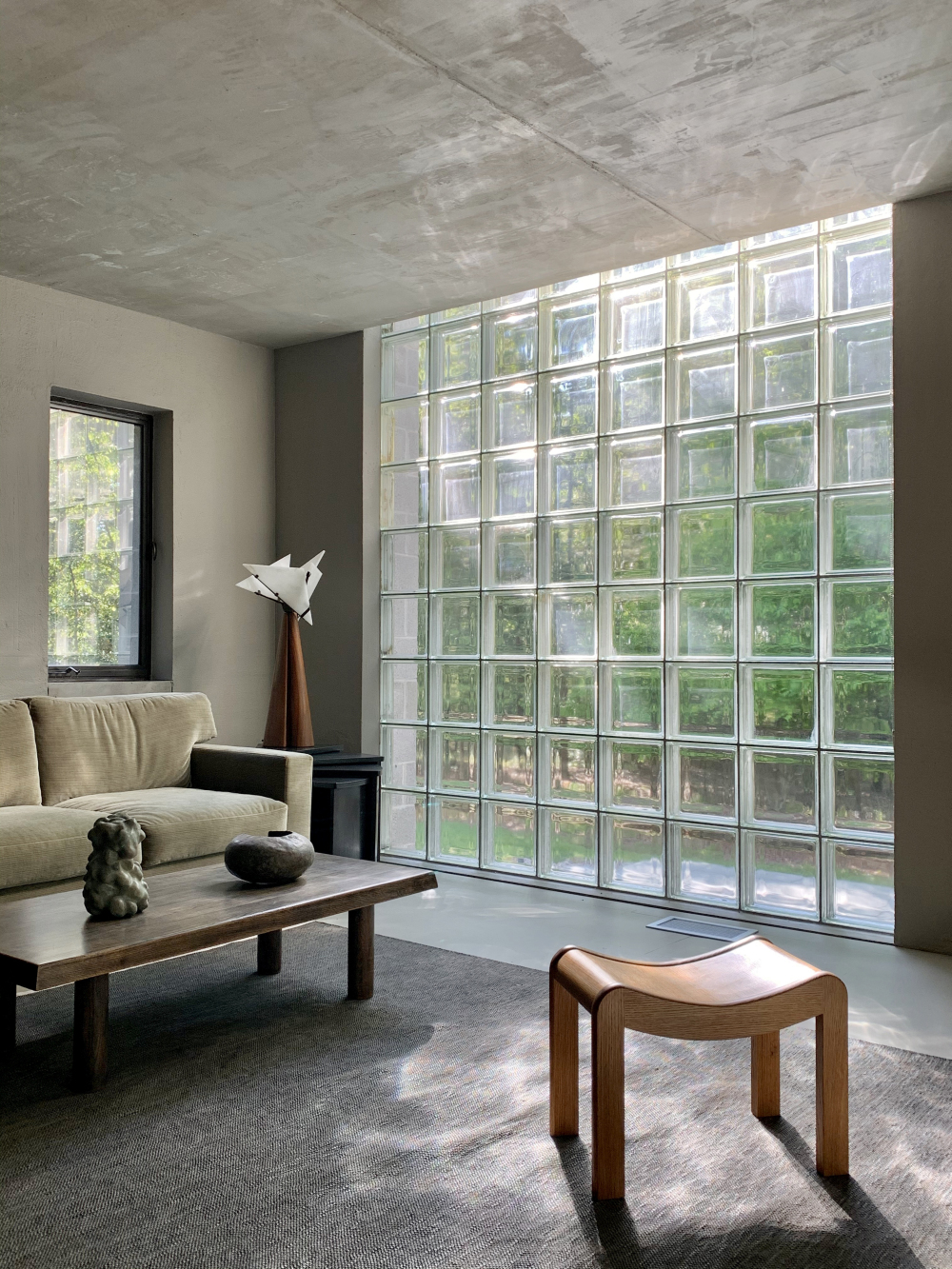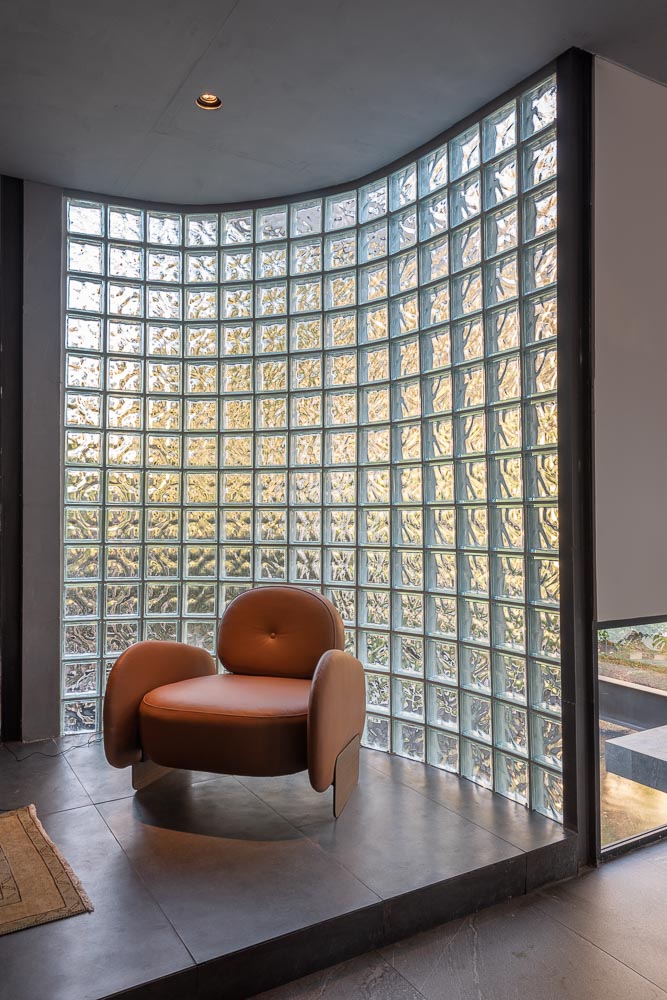Have you ever shied away from a top colour that was a little too loud? Your decision may be tied to a lot more than you think. Whether you’re aware of it or not, colours can have a significant effect on your mood. Notably, colours can also have a healing effect – both physically as well as mentally. Here’s how you can apply colour therapy to your home for a renewed day to day perspective.
Effects of Colour Therapy
Innately tied to our emotions, colours can affect the way we think and the choices we make. Every colour from purple, to green, to black come with their own associations and effects, affecting us unconsciously. Red, for example, is associated with empowerment, with strong positive and negative emotions, while blue is more mellow, and linked to a modest positive response. Much of this is due to our brain’s visual processing, in which different wavelengths can stimulate different neural pathways, and it can be tied to personal experiences too; your childhood colour associations can stick with you lifelong.

Why Colours Can Heal
When it comes to healing, Roger Ulrich’s 1984 study connected natural views of greenery to a positive outcome in patient recovery rate and level of medication required. Green as a whole is linked to healing, especially when combined with natural elements such as those found in biophilic design, which is also the reasoning behind its use in hospitals to contrast against the white backdrop. For mental healing, blue is commonly regarded to have restorative effects, and is often found in classrooms, therapy spaces, and bedrooms. A pastel pink can also help with emotional recovery, being a nurturing colour.

How You Can Apply Colours
We all know how difficult picking a colour can be, especially for a long-term decision like your walls. After all, you’re going to be seeing it for the foreseeable future. The monumentality of this choice also stems from the emotive hints you’ll be getting. A yellow wall can promote happiness and optimism, while orange injects energy into the mix. If you don’t feel too comfortable painting your wall to look like an energy drink can, you can always accessorise your rooms with colourful elements. Paintings, plants, and ornaments can have a profound effect in not only injecting some emotion, but also livening the space as a whole. Warm and cool lights can represent your colours differently, while smart bulbs can create the colour themselves.
The use of colour is all around us, and it can, and has been, used to great effect. Whether you’re looking to energise, heal, or meditate, there is a perfect colour for everything. Here are some typical associations with common colours:
Red: Strong energy, passion, aggression
Blue: Calming, peaceful, intellect
Green: Healing, nature, brightness
Yellow: Happiness, joy, sunshine
Orange: Energy, playfulness, humour
Purple: Mystery, regality, cheekiness
White: Relief, truthfulness, innocence
Black: Strength, intellect, secrecy
👉 Get in touch with us today to book your first free consultation.
Resources:









